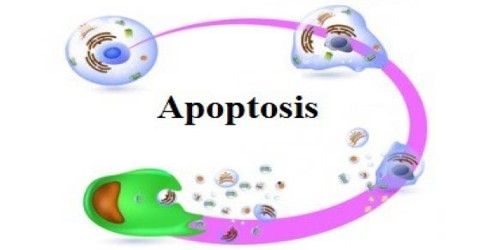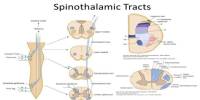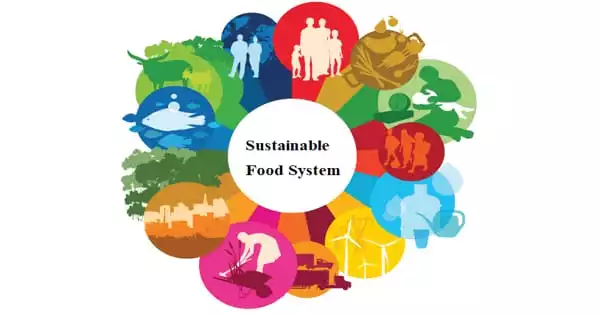Understanding human illnesses and revealing how bacteria “work together” to make these diseases much harder to treat are the goals of recent research from Nova Southeastern University (NSU). Better methods of treating different illnesses may result from understanding this symbiotic interaction.
This new study was recently published in the journal eLife.
“There are good bacteria and not so good bacteria,” said Robert Smith, Ph.D., and Associate Professor and Research Scientist, Cell Therapy Institute in NSU’s Kiran Patel College of Allopathic Medicine (NSU MD). “Bacteria are all around us, with some providing beneficial aspects to life, but there are others that cause infections or worsen illnesses.”
On a study team that examined how bacteria may interact to exacerbate sickness and complicate therapy, Smith served as the principal investigator. They specifically examined the germs Staphylococcus aureus and Pseudomonas aeruginosa, which are frequently found together in infections.
Towards trying to develop new ways to treat infection with these bacteria, we found that how fast each bacteria grows and how much energy each bacteria has determines how they talk to each other in the wound. If we can interrupt their ability to talk to each other, then we might be able to come up with ways to change their growth or the amount of energy they possess, which could decrease the severity of the infection and may make them more susceptible to antibiotics.
Robert Smith
Staph can be found on the skin of around 50% of the population; Pseudomonas can be found in the soil. However, when they get together in infections, things can get bad.
“Most infections are caused by a single bacterium, but when bacterial species ‘gang up,’ they can become even more challenging to treat,” Smith said. “The infection is more severe, and they can resist antibiotic treatment.”
Smith claims that these bacteria interact with one another inside the wound, making the illness more severe and difficult to treat. This is crucial for people with cystic fibrosis because these two bacteria there proliferate.
“Towards trying to develop new ways to treat infection with these bacteria, we found that how fast each bacteria grows and how much energy each bacteria has determines how they talk to each other in the wound,” Smith said.
“If we can interrupt their ability to talk to each other, then we might be able to come up with ways to change their growth or the amount of energy they possess, which could decrease the severity of the infection and may make them more susceptible to antibiotics.”
Smith said “there is much more research to be done, but every discovery is a step toward improving the overall human condition.”
















